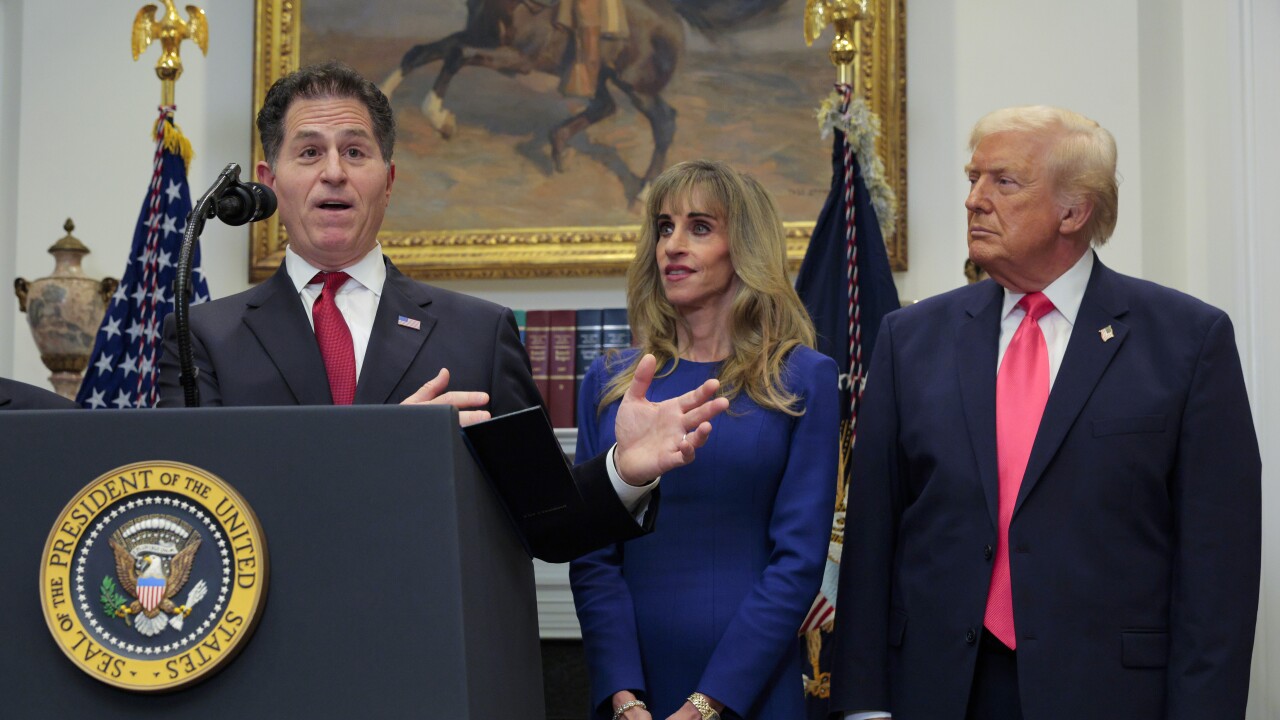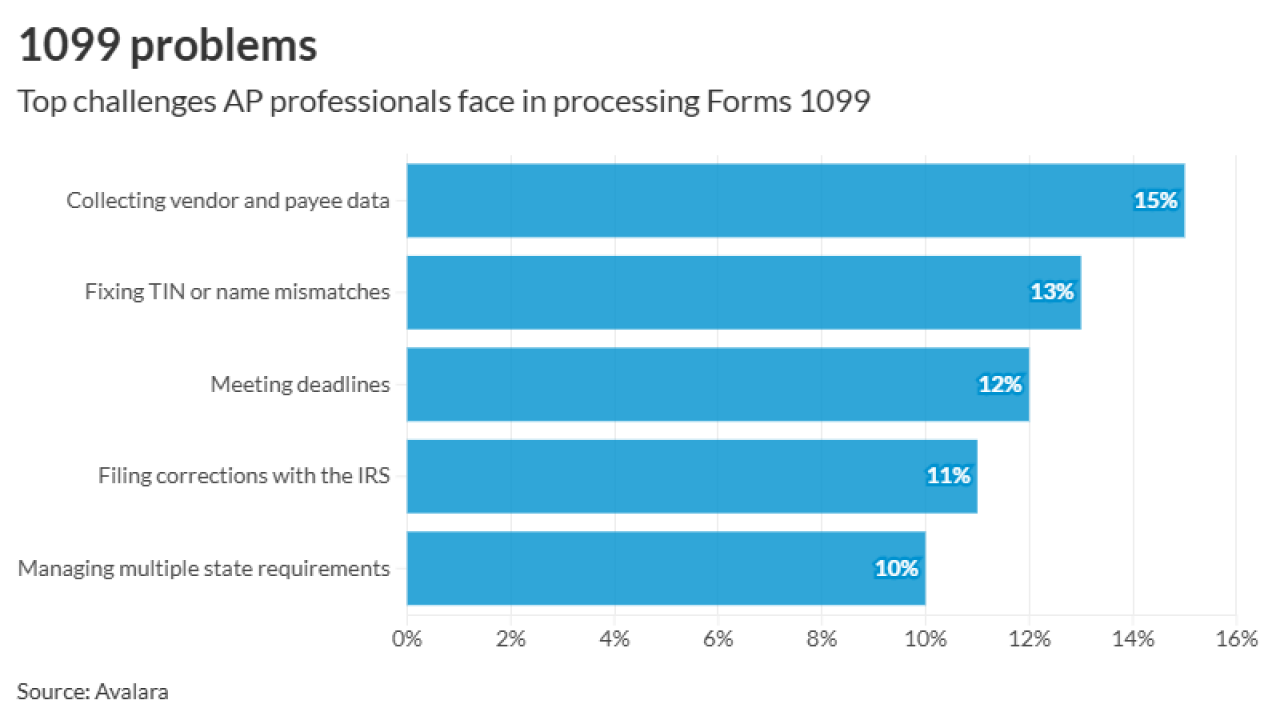The Internal Revenue Service faced challenges last tax season from the late enactment of dozens of tax provisions that were set to expire, along with fraudulent refund claims, declining levels of telephone assistance and other issues, according to a new government report.
The
As of May 8, 2015, the IRS had received approximately 137.3 million tax returns, up slightly from the 136.2 million returns filed during the same period in 2014. More than 120.2 million of the returns were filed electronically, up from nearly 117.4 million e-filed in 2014. TIGTA also found the IRS issued more than 100.3 million refunds, totaling more than $270.9 billion, compared to nearly 101.2 million refunds totaling more than $272.4 billion in 2014. The average refund increased slightly to $2,701 in 2015, compared with $2,693 during the same period last year.
The IRS reported it had identified 163,087 tax returns as of May 2, 2015, with more than $908.3 million claimed in fraudulent refunds, and had prevented the issuance of approximately $787 million (86.6 percent) in fraudulent refunds. In addition, the IRS reported that expanded use of controls to identify fraudulent refund claims before they are accepted into the processing system identified approximately 77,000 fraudulent electronically filed tax returns and approximately 16,000 fraudulent paper tax returns as of April 30, 2015.
Finally, the IRS continues to offer more self-assistance options that taxpayers can access 24 hours a day, seven days a week. These included the IRS2Go mobile application and various forms of social media, including YouTube, Twitter, Tumbler and Facebook. As of April 30, there have been 949,028 new views of IRS YouTube videos and a 24 percent increase in Twitter followers. The IRS also reported almost 327.8 million visits to its website, www.irs.gov, as of May 9, 2015.
However, the number of taxpayers assisted through the IRS’s toll-free customer assistance telephone lines decreased in 2015. IRS assistors answered approximately 8.3 million calls and provided a 37.6 percent level of service with a 23.5-minute average speed of answer. In 2014, IRS assistors answered approximately 11.1 million calls and provided a 70.8 percent level of service with a 14.4 minute average speed of answer.
TIGTA also found the number of tax return preparers who do not provide the required due diligence form when filing an Earned Income Tax Credit claim continues to decline.
The IRS’s efforts to limit the number of direct deposits into a single bank account has not prevented preparers from using the split refund option to divert $2.3 million of their clients’ refunds into preparer-controlled bank accounts.
TIGTA recommended that the commissioner of the IRS’s Wage and Investment Division revise the system’s computer programming to ensure that no more than three direct deposits are made to a single bank account, and that tax returns for which the IRS incorrectly denied taxpayers the educator expense deduction are reviewed to ensure that the individuals receive the tax benefits to which they are entitled.
The IRS agreed with both recommendations and said it has revised programing for two of the conditions identified and corrected the affected accounts with educator expense deductions.
In response to the report, Debra Holland, commissioner of the IRS’s Wage and Investment Division, pointed out that during the 2014 filing season, TIGTA reported 564,416 requests were made on Form 8888, Allocation of Refund (Including Savings Bond Purchases), for electronic deposits of partial refunds to 36,337 bank accounts that received three or more refund deposits from different taxpayers. Of those 36,337 accounts, 9,626 were associated with 7,736 paid tax return preparers. In comparison, during the 2015 filing season, the number of tax returns requesting partial refund payments to bank accounts receiving three or more deposits from different taxpayers decreased by 92 percent, from 564,416 to 44,993.
“Of the 46,603 direct deposits associated with those 44, 993 tax returns, 37,043 were requests for payments to 3,400 bank accounts that had already received three or more electronic deposits,” she added. “Of those 37, 043 requests for electronic deposit of partial refund payment to accounts already receiving three or more deposits, 27,877 were converted to paper checks and mailed to the taxpayer's address of record. We disagree that the 9,166 deposits that were allowed to continue as electronic deposits were not detected. The deposits were detected; however, processing conditions affecting those tax returns prevented the posting of the account transactions required to convert the electronic payments to paper checks. Those conditions have been identified and have either already been addressed or are in the process of being addressed for the 2016 filing season.”
EITC Claims
Holland also said the IRS’s efforts to address the requirement that tax returns filed by tax return preparers, and claiming the Earned Income Tax Credit, have an accompanying Form 8867, Paid Preparer's Earned Income Credit Checklist, are yielding significant sustained reductions in the number of EITC claims received without the form.
“During the 2015 filing season, only 62,134 EITC returns, out of more than 13.7 million filed, were missing the form,” she wrote. “To address those return preparers who were not compliant with the requirement to submit Form 8867 with the tax returns, notices were sent to remind them of the requirement to complete and attach the form, and penalties are assessed against those preparers who continue to omit the form.”
H&R Block pointed to the report as validation of its efforts to require self-prepared tax returns that claim the Earned Income Tax Credit to provide the due diligence information required of professional tax preparers (see
“These errors could lead to delayed refunds or billions of dollars of improper payments,” said the statement, forwarded by Block spokesperson Gene King, “Almost 60 percent of taxpayers—those who seek assistance from a paid preparer—benefit from additional due diligence to claim the tax credit while the 40 percent who self-prepare have no such support.”
TIGTA’s analysis of EITC claims filed during the 2012-2015 filing seasons identified that claims filed by preparers with the Form 8867 have fewer processing errors (such as mathematical errors and invalid EITC qualifying child Social Security Numbers) when compared to claims filed by preparers without the required Form 8867. As of May 7, 2015, TIGTA said the IRS identified processing errors on 6.8 percent of EITC claims that were filed by a preparer without a Form 8867 compared to only 0.2 percent of EITC claims filed with a Form 8867.
“It is past time for the IRS and Treasury to implement this common sense solution—require all taxpayers to be treated equally when it comes to claiming the EITC,” said Block.
The IRS also faced budget challenges after a series of budget cuts, forcing the agency to reduce taxpayer service. Holland said the IRS is testing the use of appointment scheduling to help taxpayers at its Taxpayer Assistance Centers.
“One of the more ambitious attempts at improving service has been the piloting of appointment scheduling for taxpayers who have a need for face-to-face service at our Taxpayer Assistance Center locations,” she wrote. “With advance scheduling of appointments for taxpayers needing service, the preliminary analysis indicates we have been able to significantly decrease long lines and frustration experienced by taxpayers who experienced lengthy wait times. Based on the success of the pilot, and pending completion of required negotiations with the National Treasury Employees Union, we are expanding the pilot from 44 locations to 190 by the end of fiscal year 2016.”
An IRS spokesperson emailed a separate response Monday to the report to Accounting Today. “The IRS delivered a successful filing season on several fronts despite overcoming numerous challenges, including updating our systems for tax legislation enacted late in the year and putting in place major new tax provisions,” said the IRS. “Despite overall smooth processing of tax returns and tax refunds, budget and staffing reductions undercut our ability to serve taxpayers, leading to long wait times on the phone and long lines at IRS offices. The IRS also made strong progress on identity theft refund fraud, adding new filters to detect and stop these returns and continuing to reduce the number of fraudulent refunds. The aggressive efforts by the IRS protected billions of dollars and helped the vast majority of taxpayers get their tax refund in 21 days or less. We agree with the recommendations in the report and have already taken actions to correct the computer processing errors that affected a relatively small number of returns this year.”





